How to protect your masonry from frost and rain
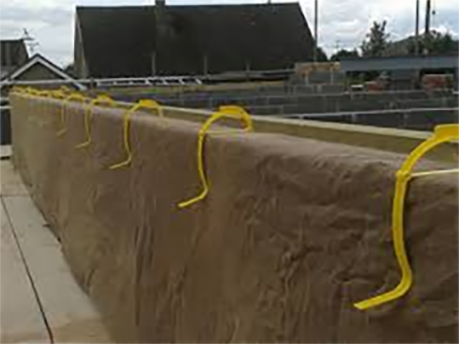 It’s that time of year again when it’s no fun to be on a building site when temperatures have dropped significantly or the rain is driving horizontally. It’s not just you and the packed lunch that need to be protected.
It’s that time of year again when it’s no fun to be on a building site when temperatures have dropped significantly or the rain is driving horizontally. It’s not just you and the packed lunch that need to be protected.
The Brick Development Association makes a number of recommendations for protecting newly laid masonry in colder months.
Protecting your brickwork:
- Brickwork should be kept clean and protected from rainfall, snow and contamination.
- Avoid mortar smearing or splashing as the work proceeds.
- Staining of brickwork often comes from excessive wetting or saturation of recently built brickwork.
- During breaks in construction, take particular care to keep bricks and brickwork in progress covered with waterproof sheeting.
- Bricklaying should normally stop when the temperature is 3° Celsius and falling and not begin again until the temperature reaches 3° Celsius and rising.
- If overnight frost is likely before the mortar within newly constructed brickwork has fully set, it should be protected with an insulating layer of hessian underneath the polythene. This would normally give some protection to the mortar joints from overnight frost.
If frost attacks mortar it loses its key and the strength of the wall can be compromised. Rain penetration can also wash fines onto brickwork or into a cavity making the wall look unsightly. Both can also worsen sound insulation if mortar is forced into a cavity. Likewise timber frame sheathing can swell when wet and reduce the cavities' acoustic performance.
So don’t forget your polythene membrane and hessian to keep your masonry looking good.
You can also keep it all year round as it can also be used in hot weather to protect the mortar from drying out too quickly. Don’t be tempted to wet it first though as this will likely just lead to staining of the brickwork.
Further information
To download the guidance or read up on their technical documents, visit:
http://www.brick.org.uk/2016/09/good-site-practice-workmanship/
http://www.brick.org.uk/technical/guides
(Picture courtesty of Ockwells.com)
Sign up to the building bulletin newsletter
Over 48,000 construction professionals have already signed up for the LABC Building Bulletin.
Join them and receive useful tips, practical technical information and industry news by email once every 6 weeks.
Subscribe to the Building Bulletin
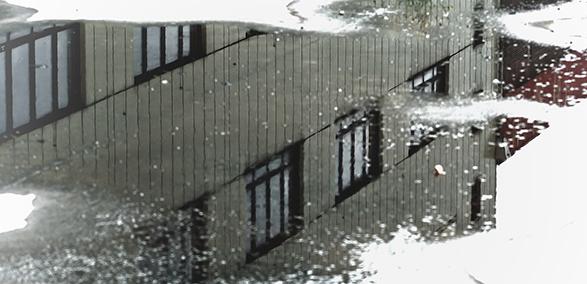
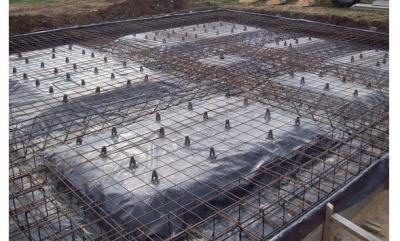
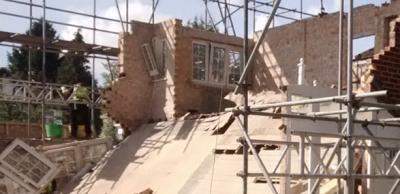
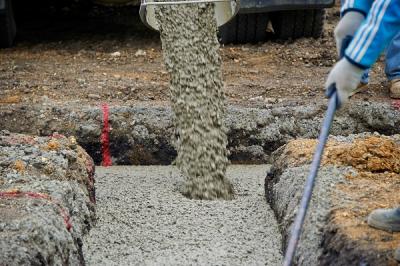
Comments
Flint and mortar wall protection from rain and weather
Submitted 2 years 10 months ago
LABC response
Submitted 2 years 10 months ago
Thank you for your comment. Typically, flint based walls are constructed using lime mortar, which allows the wall to breathe. The use of a silicon based protective cream or paint can trap moisture within the wall and cause decay and lead to structural failure of the wall. For further information see Flint wall construction and knapped flint repair (spab.org.uk)(https://www.spab.org.uk/advice/flint-wall-construction). Please take advice from a competent professional before considering applying this form of coating. We do not take responsibility for the content and accuracy of any links provided and their provision should not be taken as an endorsement of any organization or guidance. Links to external sources are provided to signpost other sources of information.
Best,
LABC team
Pointing after frost damaged mortar
Submitted 2 years 8 months ago
LABC response
Submitted 2 years 8 months ago
Never simply brush off loose mortar and attempt to skim over the top with a thin layer of new mortar. This will not fully adhere to the masonry joint and will have insufficient depth to withstand the effects of weathering – wind, rain, snow, frost, or sun. To correctly re-point a joint in a masonry wall, the old mortar should be raked out (removed with a hook type tool or a special drill adaptor) to a depth of not less than 12mm and not more than 19mm, in some guides it is recommended to rake out the old mortar to a depth of around 2x the width or height of the joint that is being re-pointed. So, for a 10mm wide or deep joint this would mean a 20mm deep recess. The use of disc saws to clean, or cut, out joints is not recommended as the saw can be difficult to control and can often cause damage to the brickwork itself, not to mention the risk of harm to the operative.
Suitable precautions, equipment, and clothing should be used to protect the health, safety, and welfare of the person(s) carrying out the work especially where the work is being carried out at height, where dust and debris are created, where there is a risk of contact dermatitis from dust or cement, and where high noise levels are generated from power tools.
It is recommended that guides on how to point (re-point) masonry walls be considered as these will provide more detailed advice.
If the work is to a Listed Building, Planning Permission must be obtained before commencing the work.
Best,
LABC team
Add new comment